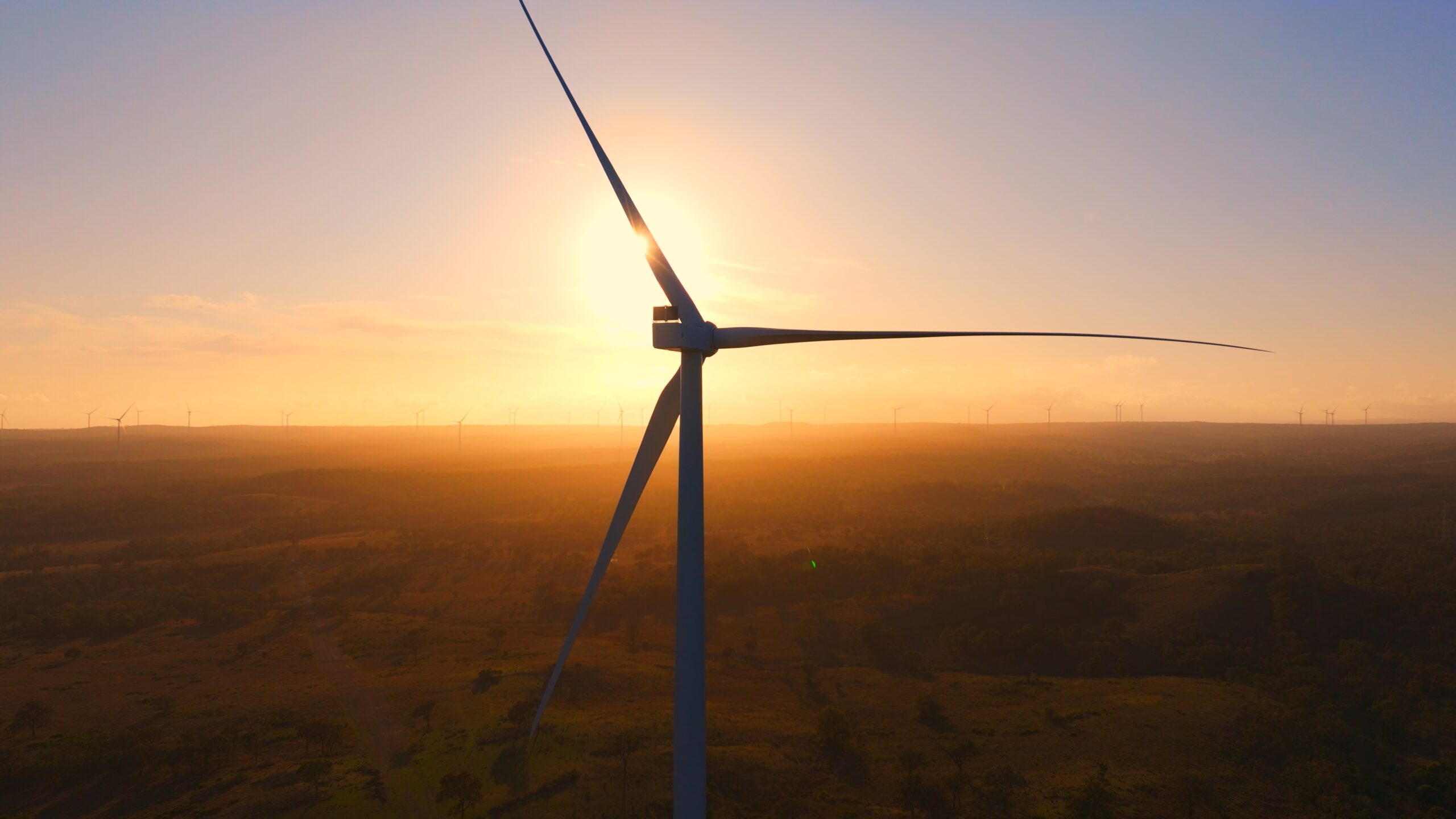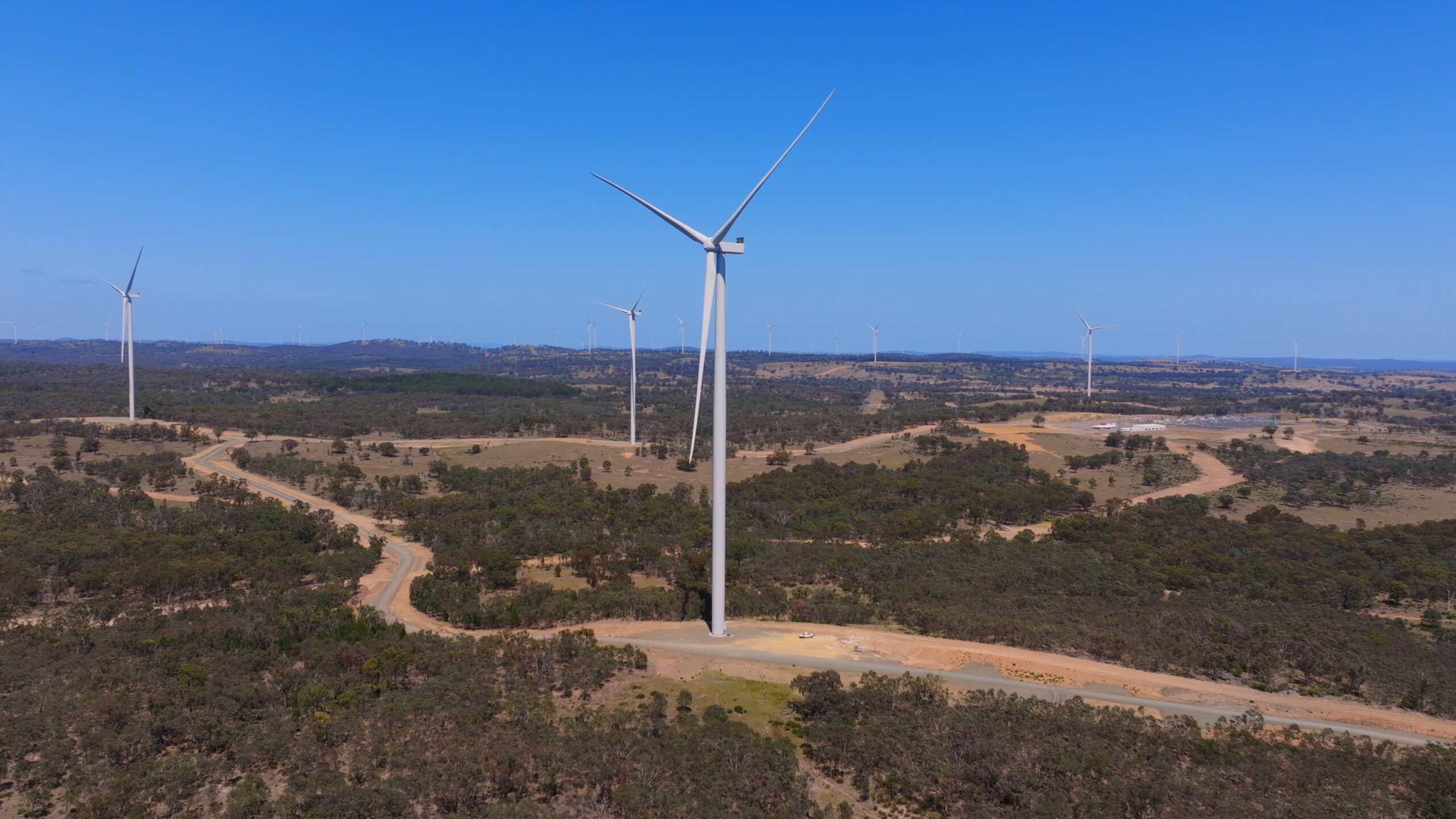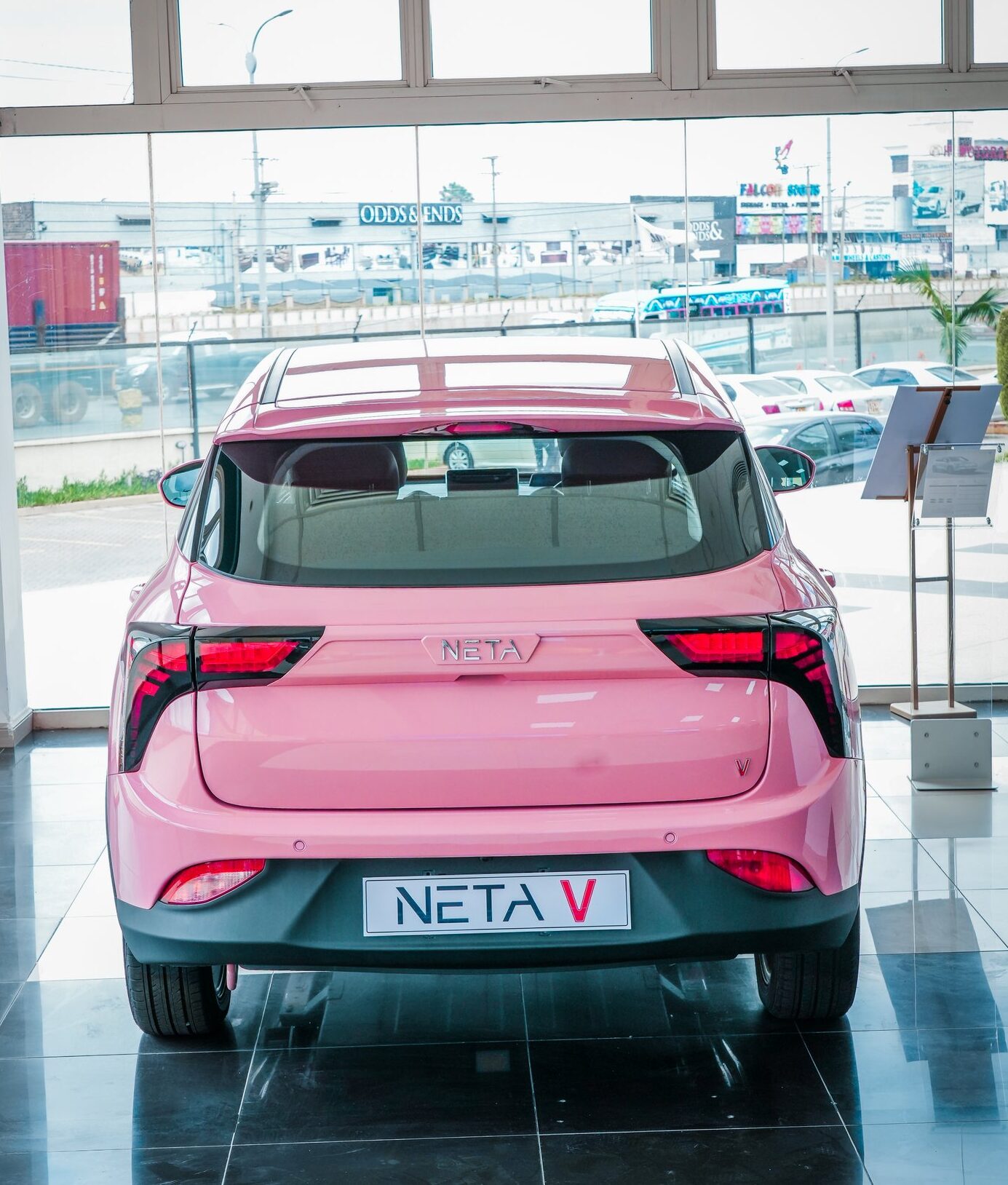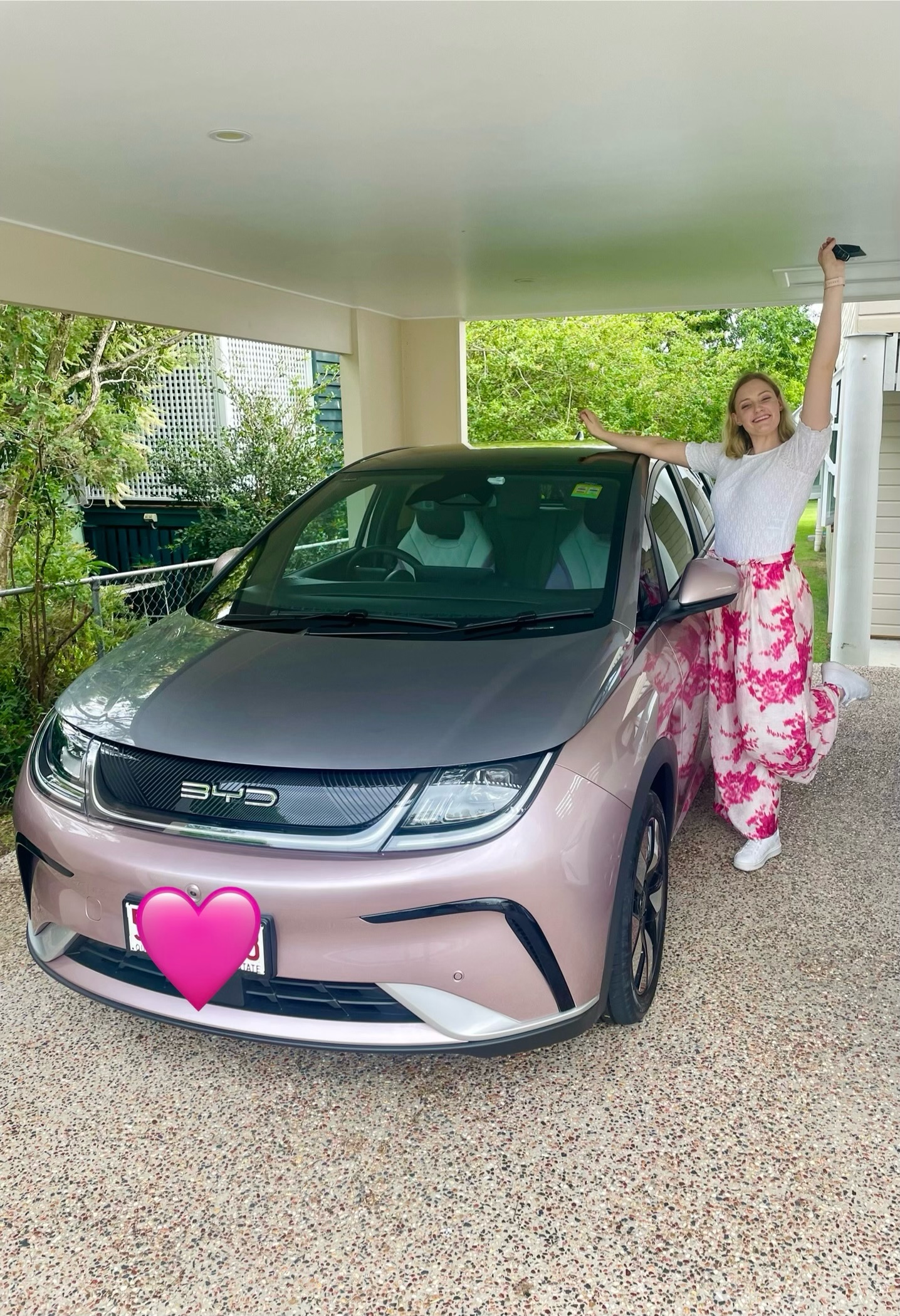Sign up for daily news updates from CleanTechnica on email. Or follow us on Google News!
Queensland is known in Australia as the Sunshine State, and rightly so. At this time, on a Sunday afternoon, the state is producing about 50% of its electricity from sunshine — pure yellow stuff. Where it has fallen down in the renewable transition is the use of its vast land area to install wind farms and produce electricity when the sun isn’t shining. It is currently producing only 129 MW from this resource. That’s about to change.
CleanTechnica readers have listened to me lament over the years that there is not enough wind feeding power into Australia’s grid. They may have followed the development of the MacIntyre Wind Precinct impatiently waiting for the promise of power from the air. That time has come.
One reader even called Queensland a disgrace in the wind power world, quoting figures at that time (2 years ago) — 4GW installed in Victoria, 2.3 GW in South Australia, 2.2 GW in New South Wales, and 675 MW in Queensland — only 100 MW more than Tasmania. “Queensland is an absolute disgrace in wind power.”

The good news is that situation has now changed dramatically. A recent announcement from owner and operator Acciona Energia informs us that the MacIntyre Wind Farm has commenced generating clean, green electricity and feeding into the Queensland and national grid. MacIntyre, at 923 megawatts, is the largest operating wind farm in the Southern Hemisphere.
Twenty-seven of the expected total 162 turbines have been connected to the energy grid. Energy exports to the grid will progressively ramp up throughout quarter 4 of 2024, and the farm will be fully operational by the third quarter of 2025. The MacIntyre Wind Farm is part of the greater MacIntyre Wind Precinct, comprising the MacIntyre Wind Farm and the proposed Herries Range Wind Farm (1 GW capacity from 180 turbines), which is in late-stage development. It is located in southwestern Queensland, not far from the historical town of Warwick on the Darling Downs.

Acciona established its social licence early in the development and avoided the community backlash that arose when a solar farm was built closer to the town. Strong economic ties were established with local communities. They also short-circuited some of the arguments against farming land being used for energy production by continuing to use the land as a working sheep farm. No sheep were harmed in the building and operation of MacIntyre.
The MacIntyre Wind Farm is hosted by landowners spread across its 36,000 hectares (about 90,000 acres). These farms are stocked with sheep, goats, and some cattle. The co-location with wind turbines has caused no harmful effects and is proving to be a success. Not only that, but those farmers involved see it as a financial lifeline.
“Income diversification is critical for long-term survival in Australian agriculture,” Brent Finlay, once president of the National Farmers’ Federation, says. “What we hear in the predictions are larger droughts, longer droughts, deeper droughts into the future.”
According to The Guardian, “The deal struck by the group of landowners and the windfarm’s developer, Spanish renewable energy giant Acciona, is confidential, but lobby group Farmers for Climate Action has said annual payments to farmers average $40,000 a turbine. That estimate would put total compensation, shared between the 10 landowners, at $162m over the project’s 25-year lease agreement. It is a potentially significant additional income alongside earnings from their wool and meat operations that can coexist with turbines humming overhead.”
Although farmers hosting the wind turbines and local businesses are overwhelmingly positive about the massive project, some on neighbouring farms are not. There is concern about a reduction in land values due to the fact that even though they are 5 km away, they can still see the turbines from their house block. It is a fear of the unknown. So far, these consequences have not materialised.
Acciona Energia Managing Director Brett Wickham announced the following: “Today marks a significant milestone for Australia’s diversification of its energy sources with the southern hemisphere’s largest operating wind farm now generating renewable energy. When the MacIntyre Wind Farm is fully operational, it will generate enough renewable energy to power more than 600,000 homes and double Queensland’s wind energy generation.”
The completed precinct is expected to produce approximately 2 GW of renewable energy — enough to power the equivalent of more than a million homes. The output from all sources of energy production for Queensland stands at 8 GW. This is a massive improvement on what is currently available and an indication of where Australia’s energy market is going despite the protestations and misleading comments of conservative politicians who are trying to promote nuclear power. Although it seems like we have been waiting a long time for this wind farm to become operational, it is a lot faster than building a nuclear power station.
Another batch of 27 turbines should be exporting power by this Christmas. No lump of coal from Santa this year, just power from the wind. The MacIntyre Wind Farm is a joint-venture between Acciona Energia and Ark Energy, a subsidiary of Korea Zinc.
“Ark Energy will use some of the generation from its share in the MacIntyre Wind Farm to support its sister company, Sun Metals Corporation and the Townsville refinery’s decarbonisation plans. Sun Metals aims to be the world’s first producer of green zinc. It was the first major refiner to sign up to the RE100 initiative and has committed to powering its operations from 100% renewable sources by 2040. Generation from MacIntyre Wind Farm is an exciting milestone for Ark Energy and Sun Metals. It will help to further decarbonise the Sun Metals refinery and achieve a real step-change in progress towards its RE100 commitment,” said Ark Energy CEO Michael Choi. Australia is the third largest zinc exporter in the world.
“Decarbonising industry and producing green metals will also put Sun Metals, and Queensland and Australia’s metal exports, at a significant competitive advantage internationally.”
Sun Metals is the second largest single-site consumer of electricity in Queensland. Its focus on being both environmentally responsible and competitive has led to its aim “to become the first refinery in the world to produce green zinc. By use of the term ‘green zinc’ we mean made entirely from renewable energy. The company is committed to power its entire operations with 100% renewable electricity by 2040, with an interim target of 80% by 2030.” The MacIntyre Wind Farm is a step forward in meeting those targets.
Other commercial customers for MacIntyre’s wind energy include the Queensland government-owned enterprises Stanwell Corporation and CleanCo. They are expected to use 550 MW. This will flow through the grid to help decarbonise infrastructure, resources, retail, and transport.
“Major projects such as the MacIntyre Wind Farm will make a material contribution to decarbonising Queensland’s energy consumption, particularly in hard-to-abate industrial sectors,’’ Mr Wickham said. “Helping large industrial and commercial energy users to decarbonise supports these important industries to stay in Australia.”
During its construction, the MacIntyre Wind Farm project procured more than $680 million in labour, services, and materials. More than four million work hours have been completed on the project so far. More than 1,000 people worked on the project on its busiest day. Locals from the Darling Downs region comprised over a third of the workforce. On an average day, between 400–450 people were involved in the construction.
“The construction of the MacIntyre Wind Farm has created significant economic activity across Queensland, creating jobs and procurement opportunities for large and small businesses alike,” Mr Wickham said. “From concreters to caterers, we have sourced more than $115 million in work and services from more than 80 businesses in and around the Darling Downs region and hired hundreds of local workers.’’ When fully operational, the project will employ between 35–40 people on site.
On the Darling Downs, the future looks bright, electric and windy!

Have a tip for CleanTechnica? Want to advertise? Want to suggest a guest for our CleanTech Talk podcast? Contact us here.
Latest CleanTechnica.TV Videos
CleanTechnica uses affiliate links. See our policy here.
CleanTechnica’s Comment Policy





